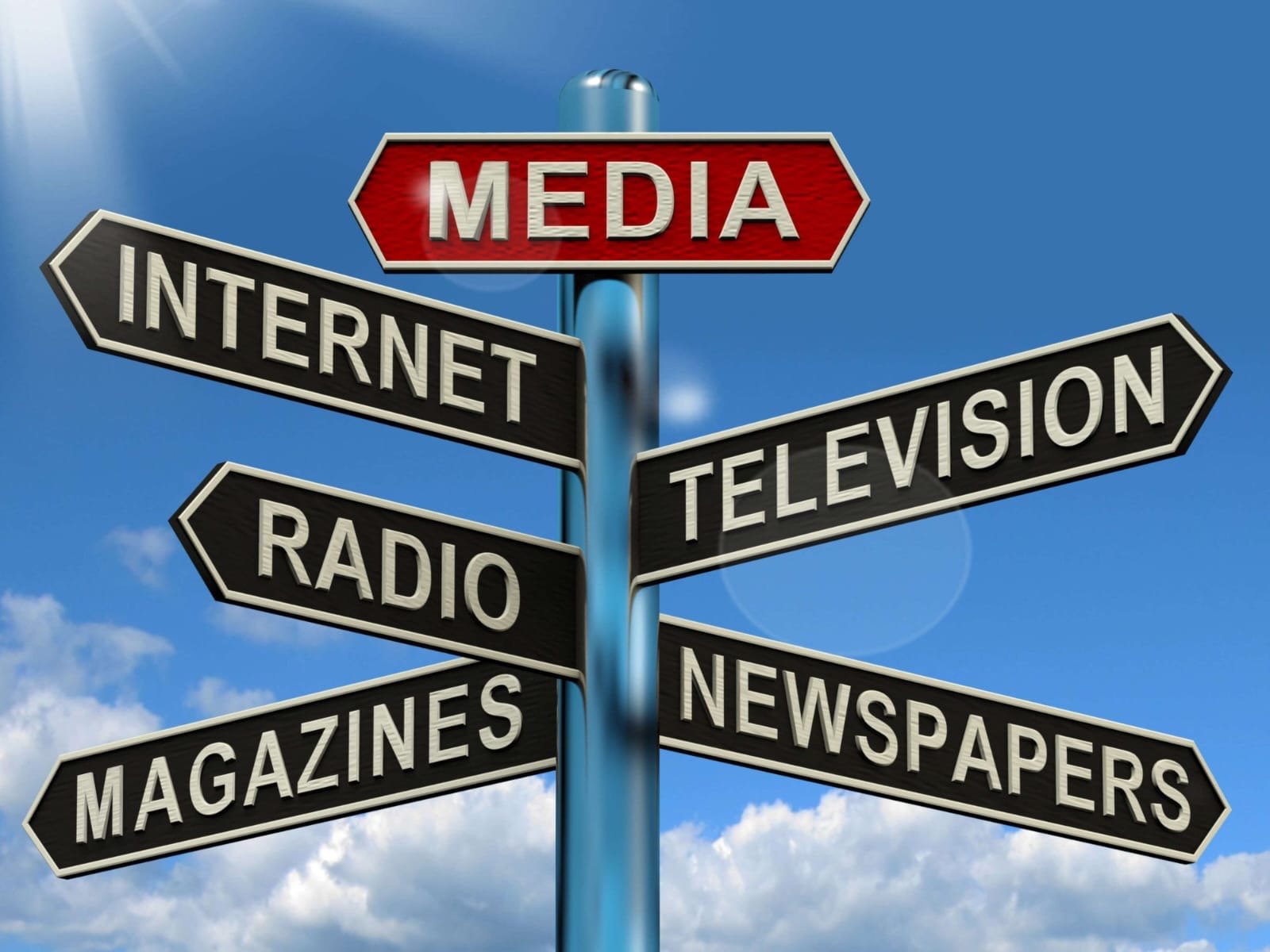
How do social media platforms influence public opinion during civil unrest?
Social media platforms play a significant role in shaping public opinion during civil unrest by facilitating communication, information dissemination, and mobilization. Here are several ways in which they influence public perception and behavior:
1. Rapid Information Sharing
- Real-Time Updates: Social media allows for instant sharing of information, enabling individuals to receive real-time updates about ongoing events. This rapid dissemination can shape perceptions of the situation, influencing how people respond.
- Diverse Perspectives: Users can access a wide range of viewpoints, including those from activists, journalists, and ordinary citizens. This diversity can inform public opinion and challenge dominant narratives.
2. Mobilization and Organization
- Event Coordination: Social media platforms are often used to organize protests and gatherings, facilitating coordination among participants. Hashtags and event pages can help bring people together around a common cause.
- Call to Action: Activists can use social media to issue calls to action, encouraging followers to participate in demonstrations or engage in other forms of activism, thereby amplifying the movement’s reach.
3. Amplification of Voices
- Empowerment of Marginalized Groups: Social media provides a platform for marginalized voices to share their experiences and perspectives, helping to amplify issues that may be overlooked by traditional media.
- Storytelling and Personal Narratives: Individuals can share personal stories and experiences related to the unrest, fostering empathy and understanding among broader audiences.
4. Influence of Misinformation
- Spread of Misinformation: While social media can disseminate valuable information, it can also facilitate the spread of misinformation or disinformation. False narratives can shape public perception and lead to confusion or distrust.
- Echo Chambers: Social media algorithms often create echo chambers, where users are exposed primarily to information that aligns with their preexisting beliefs. This can reinforce biases and polarize opinions.
5. Visual Content and Emotional Impact
- Images and Videos: The sharing of impactful images and videos from protests and civil unrest can evoke strong emotional responses, influencing public opinion and increasing engagement with the cause.
- Viral Content: Content that resonates emotionally or visually can go viral, significantly amplifying its reach and potentially swaying public opinion on a larger scale.
6. Public Discourse and Debate
- Facilitating Dialogue: Social media platforms provide spaces for public discourse and debate, allowing users to engage in discussions about the issues at hand and shaping collective understanding.
- Counter-Narratives: Activists and community members can challenge mainstream media narratives, providing counter-narratives that may resonate more deeply with certain audiences.
7. Influence of Influencers and Celebrities
- Amplification by Influencers: Public figures, influencers, and celebrities can leverage their platforms to raise awareness about civil unrest, mobilizing their followers and shaping public opinion through their endorsements.
- Virality of Celebrity Support: When influential figures publicly support a cause, it can draw significant attention and lend legitimacy to the movement, impacting how the public perceives the issues.
8. Engagement with Authorities
- Accountability and Transparency: Social media can be used to hold authorities accountable by sharing evidence of misconduct or abuses during civil unrest. This transparency can shift public opinion against oppressive actions.
- Government Response: Authorities often monitor social media to gauge public sentiment and may respond to criticisms or calls for action, influencing the dynamics of the situation.
Conclusion
In summary, social media platforms are powerful tools that can influence public opinion during civil unrest in various ways. They facilitate the rapid sharing of information, mobilize communities, amplify diverse voices, and shape the discourse surrounding social issues. However, the potential for misinformation and the creation of echo chambers also complicate the landscape, making it essential for users to critically evaluate the information they encounter.






